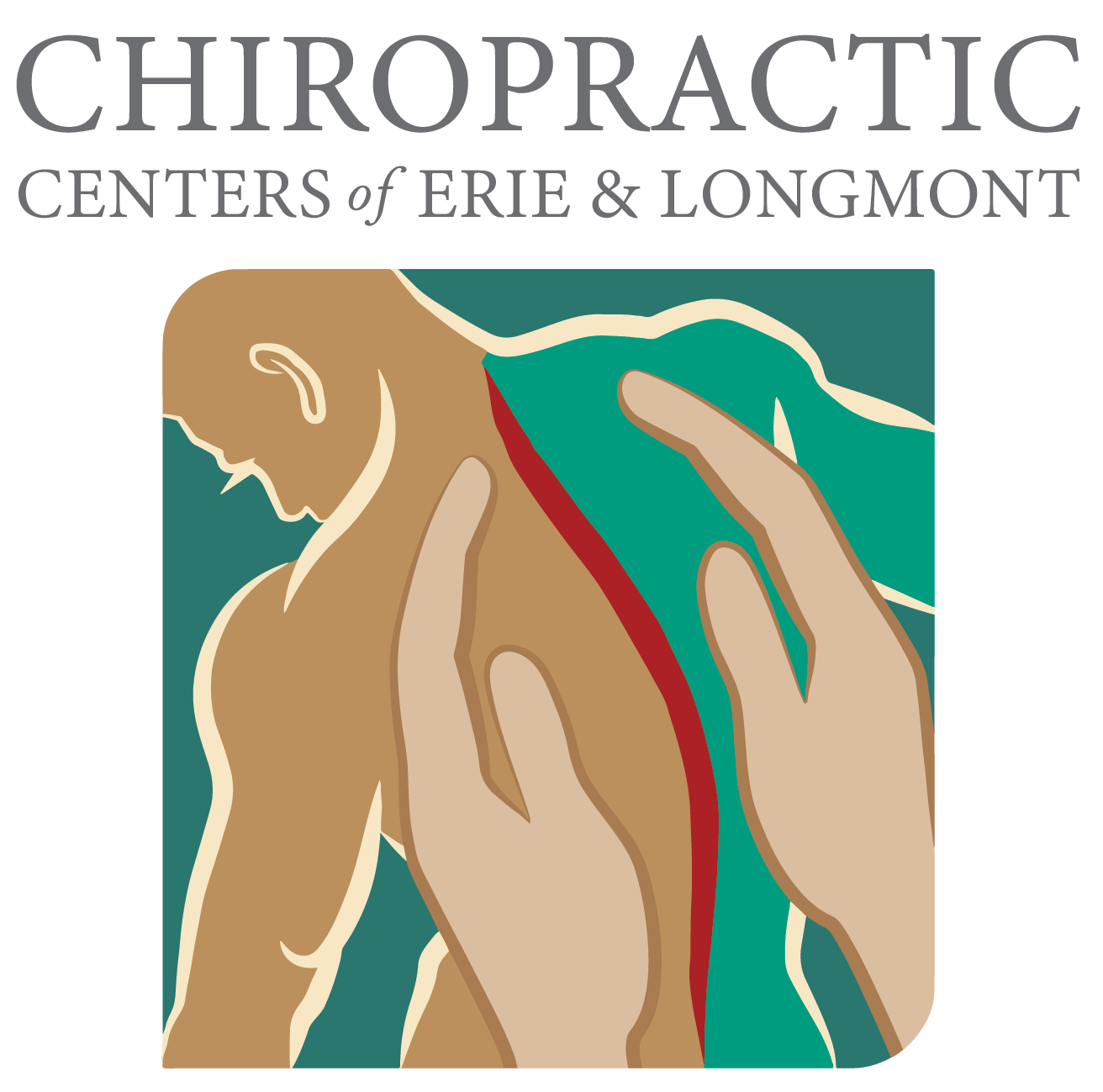Manual Chiropractic Adjustment

Are you constantly suffering from pain or discomfort in your back, neck, or spine area? Chances are, you are not the only one. In recent years medical professionals have estimated that millions of people globally suffer from chronic aches or pains that are caused by poor posture, everyday unhealthy habits, or an active lifestyle. If you need relief, a good place to start is a manual chiropractic adjustment. But how does a manual adjustment work, and more importantly, what can it do to help alleviate your pain? Today, we are going to investigate the world of manual chiropractic adjustment, delving into its healing potential, benefits, and limitations. So, while we cannot promise that a manual chiropractic adjustment can heal whatever ails you, understanding a little more about this ancient and proven form of therapy might just be the first step to helping you feel better!
Quick Breakdown
A Manual Chiropractic Adjustment is a form of manual therapy used to manipulate the spine, neck, and joints. It is used to reduce pain and restore balance to the body’s musculoskeletal system.
What is a Manual Chiropractic Adjustment?
A Manual Chiropractic Adjustment is a non-invasive, drug-free treatment that involves realigning the bones of the spine or manipulating the soft tissues. It is believed that manual adjustments can reduce pain and improve function by correcting alignment issues that cause strain and tension in the body. Proponents of this form of therapy say it can help ease problems caused by misalignments, such as muscle spasms, headaches, neck and back pain, herniated discs, sciatica, and difficulty sleeping.
This type of treatment has been used for hundreds of years. Recently, more scientific studies have been conducted to better understand its effects. Studies have found that not only does manual manipulation provide physical relief, but also has several psychological benefits due to its ability to alter endorphin levels and improve mood.
Manual manipulations may not be suitable for everyone though as they can cause reactions such as dizziness or nausea in some cases. An experienced therapist should be consulted before beginning any kind of chiropractic adjustment and caution should always be taken before attempting a manual adjustment on your own.
Despite the potential drawbacks, using Manual Chiropractic Adjustment remains a popular therapy among many seeking an alternative to pharmaceutical drugs or surgical intervention. By realigning joints and restoring proper functioning to one’s body, it is possible to receive relief from various ailments without resorting to conventional medications or surgery.
How Does a Manual Chiropractic Adjustment Work?
Chiropractic adjustments involve manipulating a joint to reduce pain and improve the range of motion. It works by applying controlled pressure to the joint, which realigns it in its correct position. The procedure is sometimes accompanied by an audible popping sound, which is due to gas bubbles escaping from the joint. It is important to note that chiropractic adjustments are not painful and may even be pleasurable for some people.
Now let us look at the muscles and joints involved in Manual Chiropractic Adjustment procedures and how they may be affected by manual chiropractic adjustment.
Muscles and Joints Involved in the Procedure
The next component of understanding how a manual chiropractic adjustment works involves examining the muscles and joints that participate in the procedure. While the precise techniques and forces used by individual chiropractors vary, it is generally believed that adjustments focus on realigning misaligned spinal joints, as well as relaxing constricted or tight muscles.
It is unclear whether manual manipulation techniques target soft tissue, joint cavitations, or some combination of both. Some believe that manual manipulation affects muscle length and tension only. On the other hand, proponents of joint cavitation hypothesize that the click-like sounds heard during manual manipulation are created when gas bubbles burst within the joint capsule due to changes in pressure.
Proponents of both have introduced evidence to support their respective claims. For example, a study utilized dynamometric exams to measure side-to-side differences in musculotendinous stiffness before and after a Chiropractic Adjustment. The authors found that patients had an average decrease of 30% in musculotendinous stiffness following the intervention, suggesting that the procedure helps to relax constricted joints and muscles.
Similarly, several studies have documented the occurrence of crackling or popping sounds upon manual mobilization of extremities and spine which were suggestive of gaseous cavitations within joint capsules. These examples highlight the potential therapeutic value of both muscle relaxation and joint cavitation techniques as part of a manual chiropractic adjustment protocol.
No matter what massage techniques are used as part of a manual chiropractor adjustment protocol, they work together in harmony with proper biodynamics to help restore coordination and balance between muscles and joints alike. While those specifically involved are up for debate, understanding this key piece of the puzzle is essential in appreciating the subtle art behind this widespread practice. In our next section, we will explore one such technique more closely – the Manual Manipulation Technique that facilitates this process – to further understand how it can help you feel better.
The Manual Manipulation Technique Used
The manual manipulation technique used during chiropractic adjustment is a safe and effective way to help people feel better. It involves the Chiropractor using their hands to apply a gentle force to specific areas of the spine, or other affected joints or muscles. This is typically done while the patient is lying down on a special table. This method can be used to restore the patient’s range of motion, and decrease pain, stiffness, and muscle tension.
Researchers disagree about how exactly manual manipulation brings about these positive effects. Some proponents suggest that it helps to realign the musculoskeletal system, reducing strain and pressure on certain nerves and muscles. Others argue that it stimulates the body’s inborn ability to heal itself by releasing endorphins which help provide natural pain relief.
Recent studies have found evidence that supports both arguments. For example, one study revealed how manual manipulation techniques were more effective than physical therapy for reducing pain in certain patients with spinal disc herniations and sciatica. Other studies have shown that manual manipulation may stimulate increased endorphin release in some tissues, leading to pain relief and improved functionality over time.
Further research is needed to determine just how much manual manipulation helps patients with different conditions. Despite this uncertainty, though, many people have reported long-term relief after receiving chiropractic treatments focused on manual manipulation techniques. In the next section, we will explore how this form of treatment may assist those who suffer from chronic pain and stiffness due to various physical issues
Essential Highlights
Chiropractic adjustments involving manual manipulation are a safe and effective way to help people with pain, stiffness, and other musculoskeletal issues. The exact mechanism by which it brings relief is still being debated among researchers, though evidence supports both theories that it realigns the musculoskeletal system or stimulates the body’s natural healing ability through endorphin release. Despite ongoing research, many people have reported long-term relief from chronic pain following treatment with this form of manipulation.
How It Relieves Pain and Stiffness
Manual manipulation renders impressive results when it comes to relieving pain and stiffness. It has long been used as the common technique in chiropractic adjustments due to its proven health benefits. It helps reduce muscle tension in the body and improve the range of motion. It also encourages better blood circulation, which can further alleviate unnecessary pressure on the joints. Regular treatments help to prevent soreness, tightness, and general discomfort caused by poor posture or physical strain.
When it comes to relieving pain and stiffness, there has been debate about whether manual manipulation is beneficial. By some, it has been regarded as a type of alternative therapy that can cause more harm than good. However, substantial evidence proves manual manipulation to be safe and effective when performed correctly by trained professionals. Further research is proving that many muscular-skeletal pains and disabilities can be treated through manual manipulation with successful results.
By seeking professional help when it comes to alleviating musculoskeletal discomforts, manual manipulation provides an effective solution for those looking for natural approaches to healing pains and joint stiffness without medications or surgery. The next section investigates the potential side effects associated with such treatments.
Side Effects of Manual Chiropractic Adjustment
Manual Chiropractic Adjustment (MCA) is an effective technique used to treat musculoskeletal discomfort and pain. Not only can it relieve pain and stiffness, as previously discussed, but it can also help improve posture, equilibrium, range of motion, and mobility, and even boost the body’s physical and mental resilience. While MCA can be beneficial when performed correctly, there are still possible side effects that should be considered before treatment.
First and foremost, some people may experience minor discomfort or soreness in the area treated a few days after the adjustment, due to inflammation caused by the manipulation of tissue. This is generally not serious or long-lasting; however, it can indicate hypersensitivity or an incorrect adjustment. In such cases, treatment should be stopped immediately and professional advice from your chiropractor should be sought to ensure MCA is properly conducted.
Many professionals agree that manual chiropractic adjustments provide more accurate and efficient manipulation than other tools such as massage movements using electronic devices. Studies have verified that well-executed MCA causes minimal levels of discomfort while amplifying its effectiveness in comparison to non-manual chiropractic treatments. Furthermore, manual chiropractic work has mostly demonstrated positive results when applied in combination with exercise programs that help address specific issues related to posture. All these results prove that MCA has a low-risk profile associated with it when performed carefully by an appropriately trained practitioner.
In conclusion, manual chiropractic adjustments offer powerful health benefits for those seeking relief from musculoskeletal pain and tension if handled correctly; however, users should remain aware of potential side effects arising from poorly assessed emotional stress or improper adjustment techniques causing further injury or damage.
Services
What We Treat
Patient Types
FAQ
Frequently Asked Questions Explained
When you receive a manual chiropractic adjustment, you can expect your chiropractor to use their hands to apply gentle and precise pressure to specific points on your spine. During the adjustment, you may hear popping or cracking noises as your vertebrae are being re-aligned. These sounds are perfectly normal and are caused by gas bubbles being released from between your joints.
The most common reason for getting a manual chiropractic adjustment is to manage pain associated with musculoskeletal disorders. Adjustments help to realign the spine and reduce joint restrictions that can cause pain in the body. It is also used to restore flexibility and range of motion, improve posture, and promote better overall health.
After receiving a manual chiropractic adjustment, many people feel instant relief from their pain and improved mobility in the affected area. You may also experience an enhanced sense of well-being due to improved nerve function, as well as increased balance and coordination.
Manual chiropractic adjustments have many benefits, including improved posture, decreased pain, and improved joint function. This type of adjustment often helps to restore alignment and range of motion in the spine, providing relief from neck and back pain. When muscular imbalances occur, manual chiropractic adjustments can reduce or resolve the tension that may cause aches and pains. Manual chiropractic adjustments can also help improve one’s overall health because when your body is properly aligned, your nerves are better connected to organs in the body and allow for better blood flow. Improved blood flow increases oxygen throughout the body which helps to maintain a healthy immune system. Additionally, manual chiropractic adjustments can improve mental clarity by allowing for increased nerve flow to the brain which may lead to a reduced level of stress and anxiety. Manual chiropractic adjustments also provide relief from headaches and migraines.

